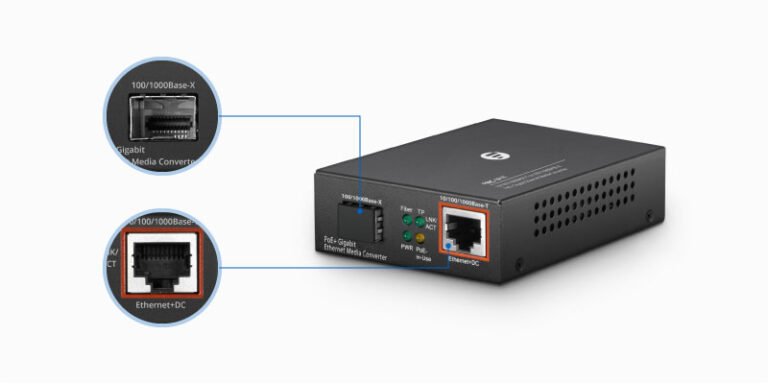In the ever-evolving landscape of nonprofit fundraising, social media has emerged as a powerful tool for engagement, outreach, and mobilizing support. Leveraging the potential of platforms like Facebook, Instagram, Twitter, and LinkedIn, nonprofits can connect with a global audience, build communities, and drive donations for their causes. This article explores the pivotal role of social media engagement in nonprofit fundraising strategies.
**1. Building a Compelling Online Presence
Social media serves as the digital storefront for nonprofits. Establishing a compelling online presence is the first step in engaging potential donors. Through visually appealing profiles, impactful mission statements, and regular updates, nonprofits can capture the attention of social media users, encouraging them to explore and connect with the organization.
**2. Storytelling for Impactful Messaging
Storytelling is a potent tool for nonprofits to convey their mission and impact. Social media platforms offer a space for compelling storytelling through visuals, videos, and concise captions. Sharing success stories, testimonials, and the real-world impact of donations creates an emotional connection with the audience, driving engagement and inspiring support.
**3. Utilizing Visual Content for Maximum Impact
Visual content has a profound impact on social media engagement. Nonprofits can use high-quality images, infographics, and videos to convey their message effectively. Visuals have a higher shareability factor, making it more likely for supporters to share the content with their networks, expanding the reach of the nonprofit’s message.
**4. Fostering Community Engagement and Interaction
Social media is inherently social, and nonprofits can leverage this aspect to foster community engagement. Creating polls, hosting Q&A sessions, and encouraging discussions around the cause generate a sense of community. Actively responding to comments, messages, and mentions strengthens the connection between the nonprofit and its supporters, fostering a supportive online community.
**5. Live Streaming for Real-Time Connection
Live streaming offers nonprofits the opportunity for real-time connection with their audience. Whether hosting live events, behind-the-scenes glimpses, or updates on ongoing projects, live streaming creates a sense of immediacy. Supporters feel directly involved in the nonprofit’s activities, making them more likely to engage and contribute to the cause.
**6. Implementing Strategic Calls-to-Action
Effective social media engagement includes clear and strategic calls-to-action (CTAs). Nonprofits should guide their audience on specific actions, such as donating, sharing a post, signing a petition, or participating in a campaign. Well-crafted CTAs provide a clear pathway for supporters to contribute to the cause, turning engagement into tangible support.
**7. Leveraging Social Media Advertising
Paid social media advertising can significantly amplify a nonprofit’s reach and engagement. Platforms offer targeted advertising options, allowing nonprofits to tailor their messages to specific demographics. Strategic use of social media advertising can drive awareness, attract new supporters, and encourage donations through sponsored content.
**8. Harnessing the Power of Hashtags
Hashtags are a powerful tool for increasing the discoverability of nonprofit content. Nonprofits can create branded hashtags for campaigns and encourage supporters to use them. Trending and popular hashtags related to the cause can also be harnessed to reach a wider audience and connect with individuals who share an interest in the nonprofit’s mission.
**9. Collaborating with Influencers and Ambassadors
Partnering with influencers and brand ambassadors can extend the reach of nonprofit campaigns. Social media influencers who align with the cause can bring authenticity and credibility to the nonprofit’s message. Their endorsement can introduce the organization to new audiences and inspire their followers to get involved.
**10. Measuring and Analyzing Engagement Metrics
To optimize social media engagement, nonprofits should regularly measure and analyze key metrics. Tracking likes, shares, comments, and click-through rates provides valuable insights into the effectiveness of different strategies. Nonprofits can then adjust their approach based on data, refining their social media engagement for maximum impact.
Conclusion
In the realm of nonprofit fundraising, social media engagement is not just a supplementary element; it’s a crucial pillar that can elevate the success of campaigns and initiatives. From building a compelling online presence to fostering community engagement, nonprofits can harness the power of social media to connect with supporters, tell impactful stories, and drive donations. As technology continues to evolve, the role of social media in nonprofit fundraising is set to grow, providing organizations with new opportunities to make a positive impact on the world.
FAQs
- Why is storytelling important for nonprofits on social media?
- Storytelling is important for nonprofits on social media because it conveys the organization’s mission and impact in a compelling way. Through narratives, visuals, and testimonials, storytelling creates an emotional connection with the audience, driving engagement and inspiring support.
- How can live streaming benefit nonprofits on social media?
- Live streaming benefits nonprofits on social media by offering real-time connection with the audience. Whether hosting live events, behind-the-scenes glimpses, or updates on ongoing projects, live streaming creates a sense of immediacy, making supporters feel directly involved and more likely to engage and contribute.
- What role do hashtags play in nonprofit social media engagement?
- Hashtags play a crucial role in nonprofit social media engagement by increasing the discoverability of content. Nonprofits can create branded hashtags for campaigns and leverage popular and trending hashtags related to the cause to reach a wider audience and connect with individuals who share an interest in the organization’s mission.





